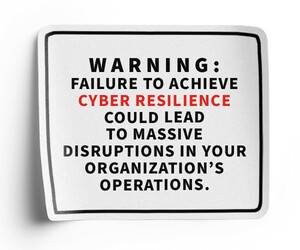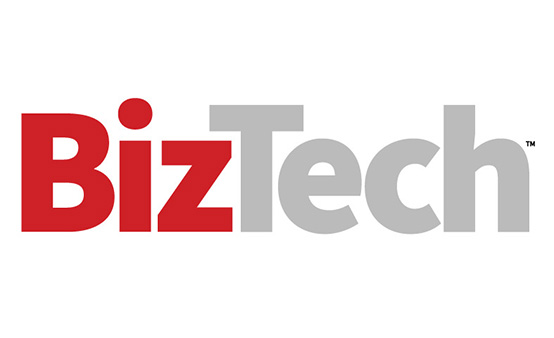How Does OSCAL Work?
Financial institutions often juggle multiple risk management and compliance frameworks — from Federal Financial Institutions Examinations Council (FFIEC) guidance to SOC 2 requirements. OSCAL helps by standardizing the way security information is represented across systems and processes, reducing duplication and improving reporting.
“OSCAL supports data in XML, JSON and YAML, enabling seamless automation and integration with tools and systems,” says Hart Rossman, vice president of global services security at Amazon Web Services.
The framework includes several core components:
- Catalogs: Define security controls
- Profiles: Customize catalogs for an organization’s specific compliance needs
- Component Definitions: Explain how controls are implemented in systems or services
- System Security Plan: Documents an organization’s overall security posture
- Assessment Plan and Results: Provide a standardized method for evaluating and documenting control effectiveness
By automating these elements, OSCAL reduces manual errors and ensures consistency across compliance processes — a critical benefit in highly regulated financial environments.
WATCH: Uncover the good, the bad and the future of artificial intelligence security.
Why Automation and Interoperability Matter
One of OSCAL’s biggest advantages is its ability to automate repetitive, labor-intensive compliance tasks and enable interoperability between different governance, risk and compliance tools.
For banks and insurers managing diverse systems and third-party vendors, this capability helps break down silos and streamline oversight.
“There’s so much human involvement in these processes that doesn’t need to be there,” DeRusha says. “With OSCAL, institutions can automate repetitive tasks, reduce errors and ensure consistent data handling.”
Automation is particularly useful for time-sensitive activities, such as regulatory audits or board-level reporting. What once took weeks or months to review manually can now be completed in days, accelerating decision-making and reducing the risk of costly compliance gaps.
Additionally, OSCAL’s standardized formats promote interoperability, making it easier to integrate with existing systems and collaborate with auditors, regulators and third-party vendors without significant disruption.













